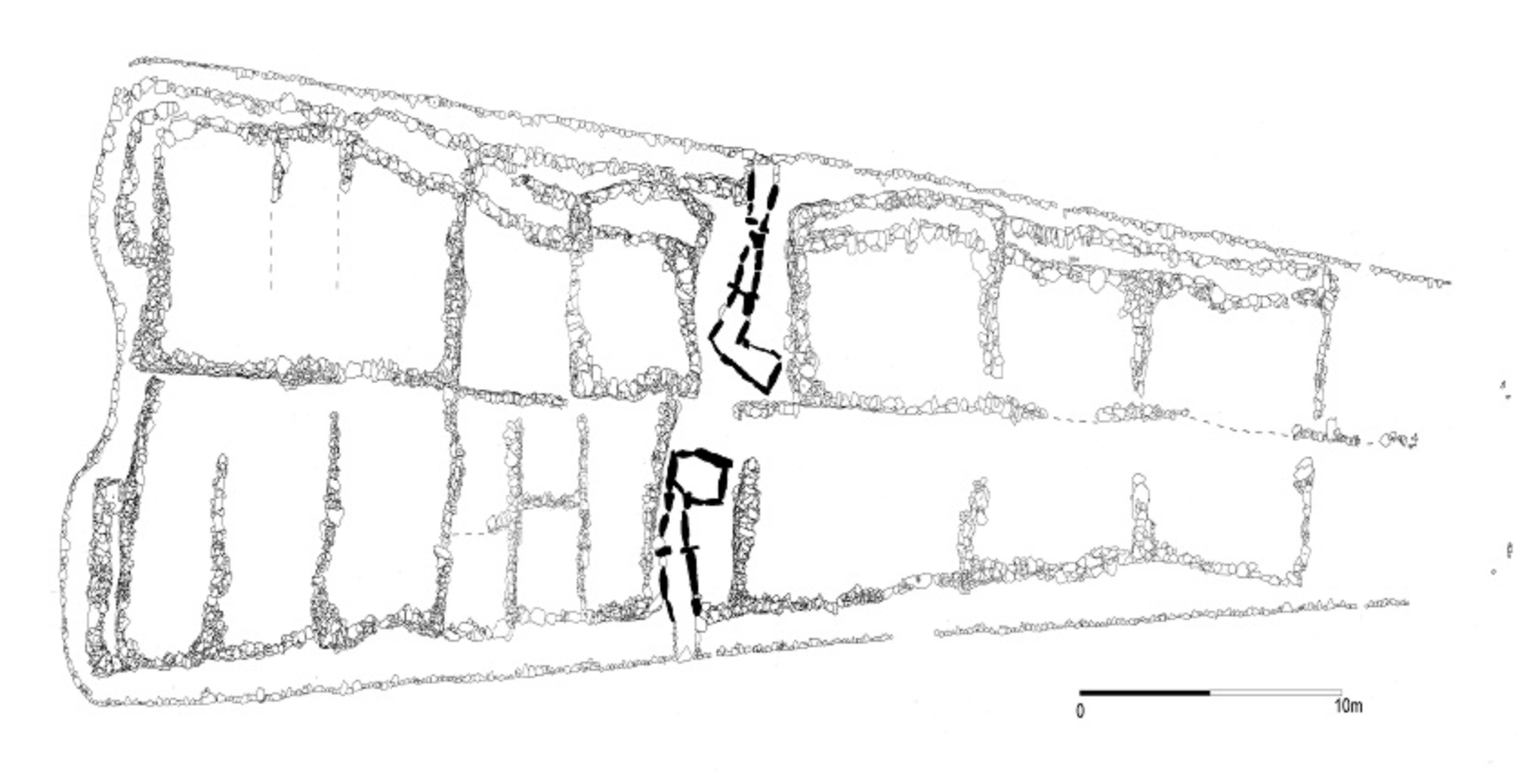An international research team of archaeologists and geneticists successfully has analysed the DNA from the bones and teeth of 35 people buried in the Hazleton North long cairn over 5,000 years ago. The results from comparing the DNA profiles reveal that five generations were buried in the cairn, most of who were related. Four of the females had children with one man and their descendants are the next three generations, along with eight individuals who are not related to these parents.
The Cairn was originally excavated between 1979 and 1982, the findings of which can be read in a monograph published by English Heritage in 1990 (available for download from the ADS website). The extensive analysis of the human remains reported then compared to what is known now illustrates the advances made through use of technologies such as Ancient DNA (aDNA).
Reference: “A high-resolution picture of kinship practices in an Early Neolithic tomb” by Chris Fowler, Iñigo Olalde, Vicki Cummings, Ian Armit, Lindsey Büster, Sarah Cuthbert, Nadin Rohland, Olivia Cheronet, Ron Pinhasi and David Reich, 22 December 2021, Nature (subscription required for full article). DOI: 10.1038/s41586-021-04241-4
The following freely-accessible SciTechDaily article provides a good overview of the findings.

